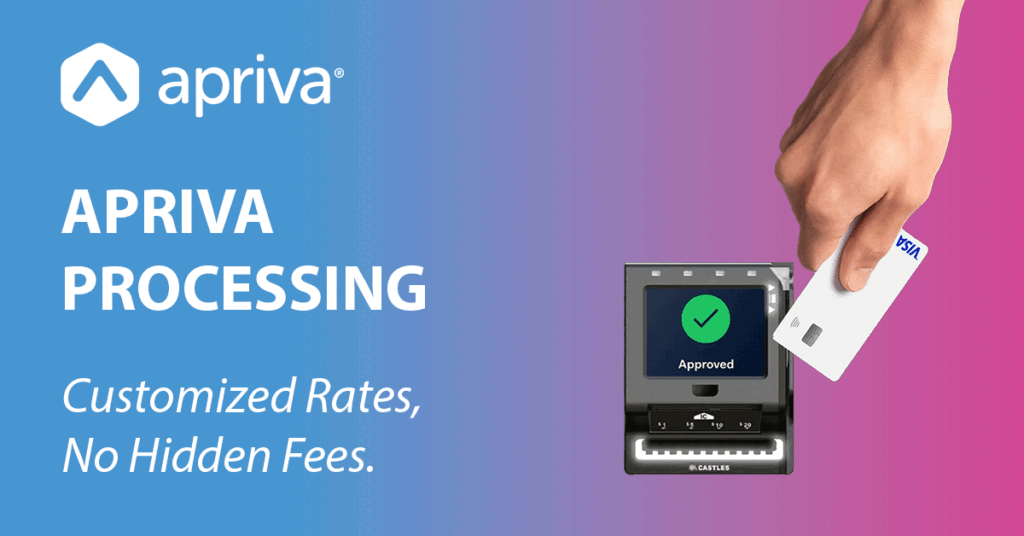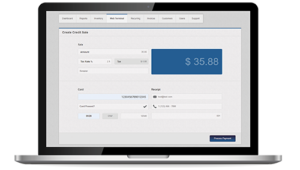The effectiveness of your integrated payments solution relies on more than good coding. During our experience guiding independent software vendors (ISVs) through the process of integrating mobile payment SDKs, APIs, and web services, the AIS team has identified
several strategies that help set up your solution for success. Spending a little time implementing these strategies today will lead to a big advantage in the future.
After
establishing strong strategic provider partnerships,
choosing the right payments acceptance mix, and setting up a merchant account, integration can begin. Your payments software will need to meet certain requirements in order to comply with security standards such as PCI-DSS or PA-DSS supporting the secure capture, transmission, and storage of payment card data within your control. Plus, with the transaction liability shift now complete, merchants are transitioning to EMV-ready solutionsto lower their risk profile.
As you help your clients through integration, follow these best practices to maximize security and compliance:
- Use a safe coding environment and secure coding best practices to protect cardholder data throughout the application development lifecycle.
- Enable the use of EMV chip cards to limit fraud risk at the point of sale and further protect your clients from financial and reputational harm.
- Use pre-built, semi-integrated EMV solutions, like those offered by Apriva Integration Services, that have already achieved EMV certification so you don’t have to. These solutions also minimize payment card data exposure, which significantly reduces the integrator’s PA-DSS scope.
- Explore secure payment technologies, like end-to-end encryption and tokenization, to provide even greater protection to merchants and their customers.
Taking these steps to prioritize security will not only support your organization’s responsibilities, but also protect your clients, reduce their risk profile, and lay the groundwork for success in the future.
For more integration advice and technical support, read other tips on our blog or log in to your account and visit the “Support” section.” If you do not have an account, sign up here.





